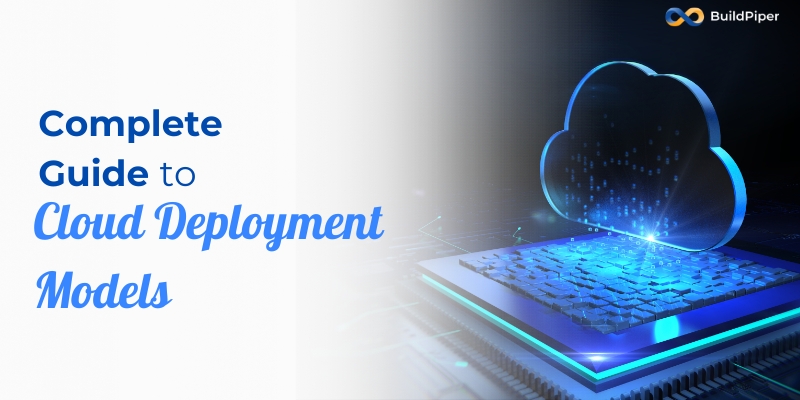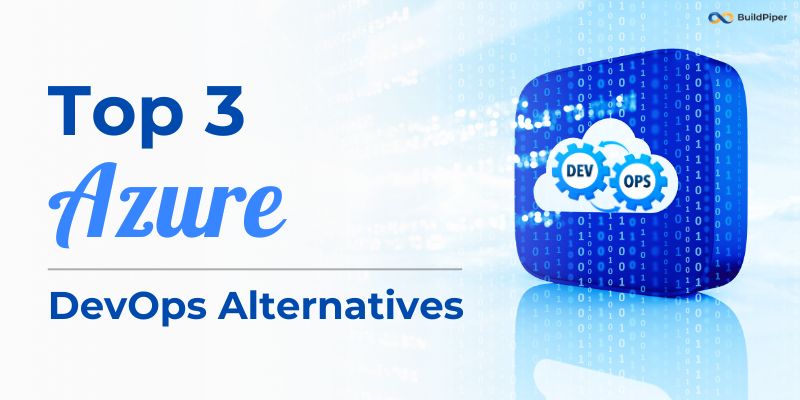Cloud computing has become the backbone of digital transformation. But here’s the thing: not all clouds are created equal, and the way you choose to deploy them can make or break your long-term IT strategy. For decision-makers, the question isn’t just “Should we move to the cloud?”, it’s “Which cloud deployment model aligns best with our business outcomes?”
Let’s break it down.
What Are Cloud Deployment Models?
Cloud deployment models define how cloud resources are structured, managed, and made available. They determine who owns the infrastructure, who manages it, and how it scales. Choosing the right model isn’t just an IT decision, it’s a business one. It impacts compliance, cost structure, customer experience, and your ability to innovate.

The four dominant cloud computing deployment models are:
- Public Cloud
- Private Cloud
- Hybrid Cloud Deployment
- Multi-Cloud
Each offers unique strengths and trade-offs. The right choice depends on your industry, risk tolerance, regulatory environment, and growth ambitions.
DID YOU KNOW?
Gartner predicts that by 2029, half of all cloud computing power will be dedicated to AI workloads, up from under 10% today.
What is Public Cloud
Public cloud providers like AWS, Microsoft Azure, and Google Cloud offer infrastructure that’s owned and operated by them, and shared across multiple customers.
Why it matters for leaders
Public cloud offers near-infinite scalability, global reach, and a pay-as-you-go model. It reduces the need for upfront infrastructure investment, making it attractive for organizations looking to move fast without locking up capital.
Best suited for:
- Startups or growth-stage companies that need agility
- Enterprises running variable workloads (e.g., e-commerce spikes, seasonal demand)
- Innovation projects that demand quick experimentation
The trade-off:
You trade control for convenience. Security and compliance controls exist, but you don’t own the infrastructure. For regulated industries like finance or healthcare, this can be a limitation.
Private Cloud: Control and Customization
Private cloud is a dedicated infrastructure, either on-premises or hosted by a third party designed for a single organization.
Why it matters for leaders
Private cloud provides complete control over resources, configurations, and security. You decide how workloads are deployed and monitored, which can be critical for industries bound by strict compliance requirements.
Best suited for:
- Enterprises with sensitive data (healthcare, banking, government
- Organizations that want to optimize legacy systems while modernizing graduall
- Businesses with predictable, steady workloads
The trade-off:
Private cloud requires significant upfront investment and ongoing management. While it provides unmatched control, it limits the elasticity that public cloud offers.
[ Also Read: AI for DevOps ]
Hybrid Cloud Deployment: The Best of Both Worlds
Hybrid cloud combines public and private cloud environments, enabling workloads to move between them seamlessly.
Why it matters for leaders
This model enables you to keep mission-critical, sensitive workloads in a secure private cloud, while leveraging the public cloud for burst capacity, innovation, or global reach. Hybrid cloud deployment helps align IT strategy with business priorities without forcing all workloads into a single model.
Best suited for:
- Enterprises with a mix of sensitive and non-sensitive workloads
- Organizations in transition from on-premises to full cloud adoptio
- Businesses needing disaster recovery strategies that balance cost and resilience
The trade-off:
Managing hybrid environments requires strong governance and integration capabilities. Without the right architecture, costs and complexity can spiral quickly.
Multi-Cloud: Avoiding Vendor Lock-In
Multi-cloud involves using multiple public cloud providers for example, AWS for analytics, Azure for enterprise applications, and Google Cloud for AI.
Why it matters for leaders
Multi-cloud avoids dependency on a single provider, giving organizations leverage in negotiations, resilience against outages, and the ability to pick the best-of-breed services.
Best suited for:
- Global enterprises needing redundancy across geographies
- Businesses focused on best-in-class technology adoption
- Organizations wary of vendor lock-in and pricing traps
The trade-off:
Multi-cloud requires advanced skill sets and governance models. Managing workloads across platforms isn’t trivial, and cost visibility can become complex.
Comparing the Cloud Deployment Models
Here’s a structured look at how these models stack up:
| Criteria | Public Cloud | Private Cloud | Hybrid Cloud | Multi-Cloud |
|---|---|---|---|---|
| Ownership | Provider-owned | Enterprise-owned | Shared | Provider-owned (multiple) |
| Scalability | High | Moderate | High | High |
| Control | Low | High | Medium | Medium |
| Cost Structure | OPEX (pay-as-you-go) | CAPEX + OPEX | Mix of both | OPEX, complex |
| Compliance | Limited control | Strong | Balanced | Varies by provider |
| Innovation Speed | Fast | Moderate | Fast | Fast (depends on integration) |
| Risk of Lock-in | High | Low | Medium | Low |
Key Considerations for Decision-Makers
Choosing the right cloud deployment model is a strategic decision that directly impacts cost efficiency, compliance posture, and your ability to innovate at scale.
- Regulatory Environment
If you operate in industries like healthcare, defense, or financial services, compliance may dictate your move toward private or hybrid cloud deployment.
- Cost Optimization
Public cloud offers flexibility, but costs can balloon without governance. Multi-cloud and hybrid approaches give more control, but increase management overhead.
- Business Agility
Public and hybrid models are strong enablers for rapid innovation. If speed-to-market is critical, these should be at the top of your list.
- Long-Term Strategy
Vendor lock-in is real. Multi-cloud can give you leverage and resilience, but only if your teams are equipped to handle the operational complexity.
Practical Examples
- A retail giant runs customer-facing applications in the public cloud to handle seasonal surges, while keeping inventory management on a private cloud for stability
- A healthcare provider uses a hybrid cloud deployment, storing patient records securely on-premises but leveraging the public cloud for AI-driven diagnostics.
- A global SaaS company embraces multi-cloud, tapping into Google Cloud’s AI Services while running enterprise workloads on AWS.
These examples highlight that the right model isn’t about following a trend, it’s about aligning with business objectives.
The Bottom Line
Cloud computing deployment models aren’t one-size-fits-all. Public, private, hybrid, and multi-cloud each come with unique benefits and challenges. The most effective strategy is the one that matches your business context, compliance requirements, and growth trajectory.
For CXOs and digital leaders, the decision should be grounded in one question: Which model will enable my organization to innovate securely, scale effectively, and stay cost-efficient today and in the future?
Frequently Asked Questions
1. What are the main types of cloud deployment models?
A. Public cloud, private cloud, hybrid cloud, and multi-cloud.
2. Which cloud deployment model is best for regulated industries?
A. Private or hybrid cloud, because they provide greater control and compliance.
3. How is hybrid cloud different from multi-cloud?
A. Hybrid cloud blends private and public environments, while multi-cloud uses multiple public cloud providers.
4. Why do businesses choose multi-cloud?
A. To avoid vendor lock-in, improve resilience, and use best-in-class services from different providers.
5. What’s the biggest risk of public cloud?
A. Vendor lock-in and limited control over security and compliance.













